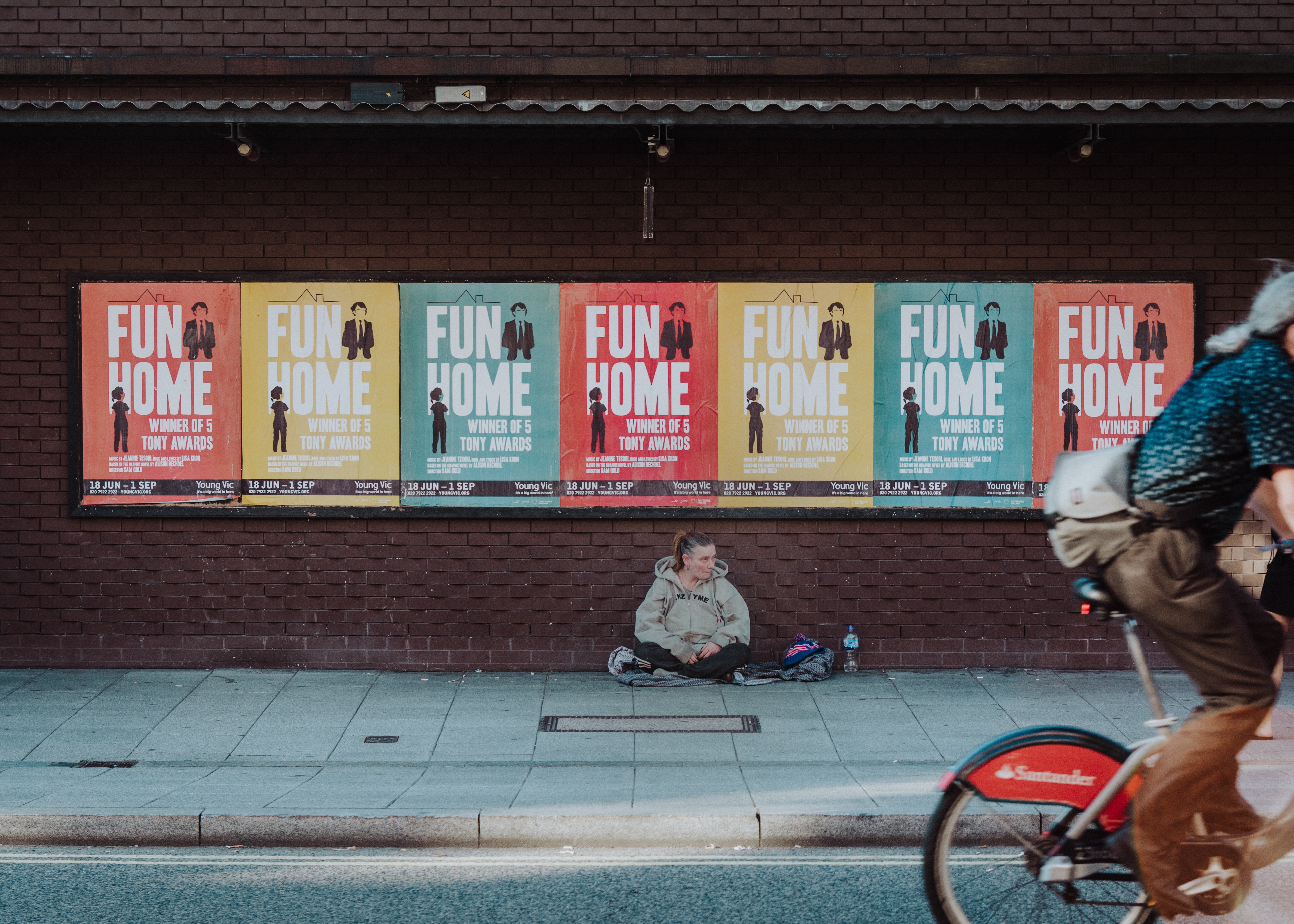Housing affordability is sky-rocketing and older Aussie’s are finding it difficult to settle into retirement with the threat of homelessness looming.
It isn’t just in Melbourne where people are sleeping rough. It’s beginning to stir in our own backyards as retirement creates more low-income earners than ever before.
The 2016 census reported 116,427 people nationwide are experiencing homelessness and are in need of our support.

Definitions of homelessness extend further than the streets, to severely crowded dwellings, boarding houses, crisis accommodation, and couch surfing; a roof does not mean a home.
As shown by confronting evidence, Geelong has the highest number of people experiencing homelessness in a regional electorate.
Dr. Ursula de Jong, Associate Professor in the School of Architecture and Built Environment and member of Deakin University’s multi-disciplinary research network HOME, says that in order to help these individuals, a housing model that is affordable, socially-enriching and connected to the community is needed.
She hopes that Deakin HOME Research Hub’s up and coming research projects in Geelong may relieve pressure on personal and community wellbeing, allowing low-income earners to live happy, connected lives.
Peering over the fence to see its research origins
The power of the community when it comes to enacting research is often forgotten. At-risk populations have more agency than they’re given credit for. Dr. de Jong shares how the idea for this research emerged at a grass-roots level.
Dr. de Jong explains, “in 2018 the community came to the Deakin HOME Research Hub with a problem. The Bellarine Tiny Homes Group [now amalgamated with Geelong Sustainability] in working with the local Men’s Shed Group became aware of serious issues related to affordable housing.”
“Aged pensioners were needing to pay most of their pensions in rent, leaving them with little money for food and medical bills, and nothing for ‘entertainment’.”

If residents were required to see a specialist, purchase expensive medications or even move between rentals, the line between renting and facing homelessness becomes difficult to walk.
Their requests were simple, as Dr. de Jong details, “we were told that the needs of the pensioners were reasonable: they wanted a small secure home, where they could age in place.”
Other plans from the Bellarine Tiny Homes Group initially included building smaller, mass-produced and cheap homes on wheels.
In further conversations, it was found that this was not a viable fixed permanent model for housing and may repeat the lack of security of tenure pensioners experienced in their previous housing situations.
“Discussions ascertained that these pensioners wanted a place of their own. Universal and sustainable design were seen as key to well-built lasting small homes, that would be cheaper to run and maintain over time. And so the Deakin HOME Research Hub came up with the idea of a Micro Village.”
The inclusivity of tiny homes and “micro-villages”
Tiny houses are becoming more widespread as home-owners look to downsize, improve their environmental footprint or live off the grid.
At 37 square meters or less, it isn’t the house with a picket fence that some dream of, but instead a permanent structure designed to take up less space in our communities.
From here, researchers consider how calls to downsize may be impacting community living. Dr. de Jong says “the global Tiny Houses movement champions bespoke standalone models.”

Now all this ‘small’ terminology; micro, tiny, might be confusing. It is easy to think that these smaller living concepts fit under the same umbrella.
This is not the case. Dr. de Jong opens up the curtains and asks us to look deeper inside what the tiny house isn’t doing for our connections and social opportunities.
“Lack of integration and community consultation in the design and building of Tiny Houses has created a stigma around these housing models, resulting in reluctance of communities to support their construction. The village concept is designed to address some of the issues with Tiny Houses.”
The ethos for micro villages then becomes something deeper, more meaningful and people-focused.
As she expresses, “While the model has not yet been refined and decided upon, it is definitely not about small houses, but rather about small homes”, Dr. de Jong tells us.

“Home has a deep emotional meaning for people – it is secure. It can be a place where you are respected and loved.”
“Micro-villages” then seek to establish a community hub for residents to keep that interconnected, neighbourly feeling and the can-I-borrow-a-cup-of-sugar attitude in an affordable way.
“Ageing in place is critical to the concept, so that people can put down roots, can belong to their micro village, to the neighbourhood and the wider community.”
Building communities
Now it is about creating these spaces for home to happen.
The eventual aim of the Deakin HOME Research, Dr. de Jong says, “is for the design, construction , and evaluation of a place-based micro village that houses 3 to 12 residents in the Geelong region, demonstrating a comprehensive and harmonious integration of the village with the local community and neighbourhood environment”.
Some may argue that a retirement home may produce similar results, however, Dr. de Jong asks us to look for their key difference, “that it aims to provide much more of a connection with the surrounding community.”

For older Aussies, isolation can be difficult to navigate. It becomes tough to access the necessities and joys in life like near-by public transport or a shopping centre.
By inserting these micro villages into the heart of the community, Deakin HOME researchers hope to open doors for residents to step outside and seize the opportunities available to them.
Developing a new Geelong
This project will become a platform to assist multiple disadvantaged groups in the Geelong region.
Beginning with pensioners, it will eventually include students, young families, women, and single parent households, allowing the micro village to develop into a “multi-generational village.”
Dr Ursula de Jong notes that through Deakin HOME Research Hub’s study, more people will be able to call somewhere home in the future and enjoy the sense of community these micro villages foster.

By targeting the economic difficulties involved in renting a home, these communities could allow low-income earners to make more time for stimulating activities rather than increasing worry about bills.
“By providing small affordable homes in a low cost, sustainable, ‘tiny community’ the micro-village project steps in to empower those on low incomes, pensions or those who are experiencing financial instability to establish a home of their own. In this way it prevents homelessness happening for these people.”
“These people then become part of who we are as a society, not to be swept under the rug, but welcomed in to the community.”
Deakin HOME Research Hub’s micro village research team includes Richard Tucker, Fiona Andrews, Ursula de Jong, Nicole Johnston, Fabienne Michaux, David Kelly and Elyse Warner.
The two integrated parallel micro village projects are, firstly “Exploring the viability of affordable small houses for those with limited funds and desire for modestly-sized homes” which has been funded by the Lord Mayor’s Charitable Trust. This will take about 12 months to complete.
And secondly, “Homes for ‘Grey Nesters’: Social integration of a micro-village of small houses supporting community wellbeing in Geelong” which has been funded by the Geelong Community Foundation and will take about 15 months to complete.



